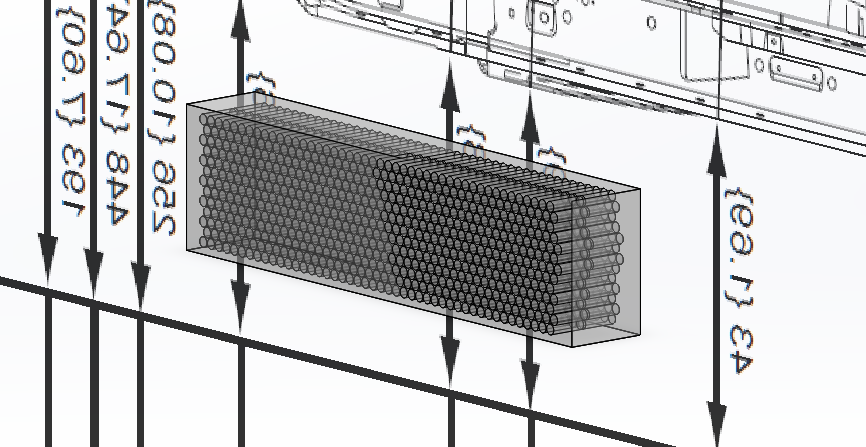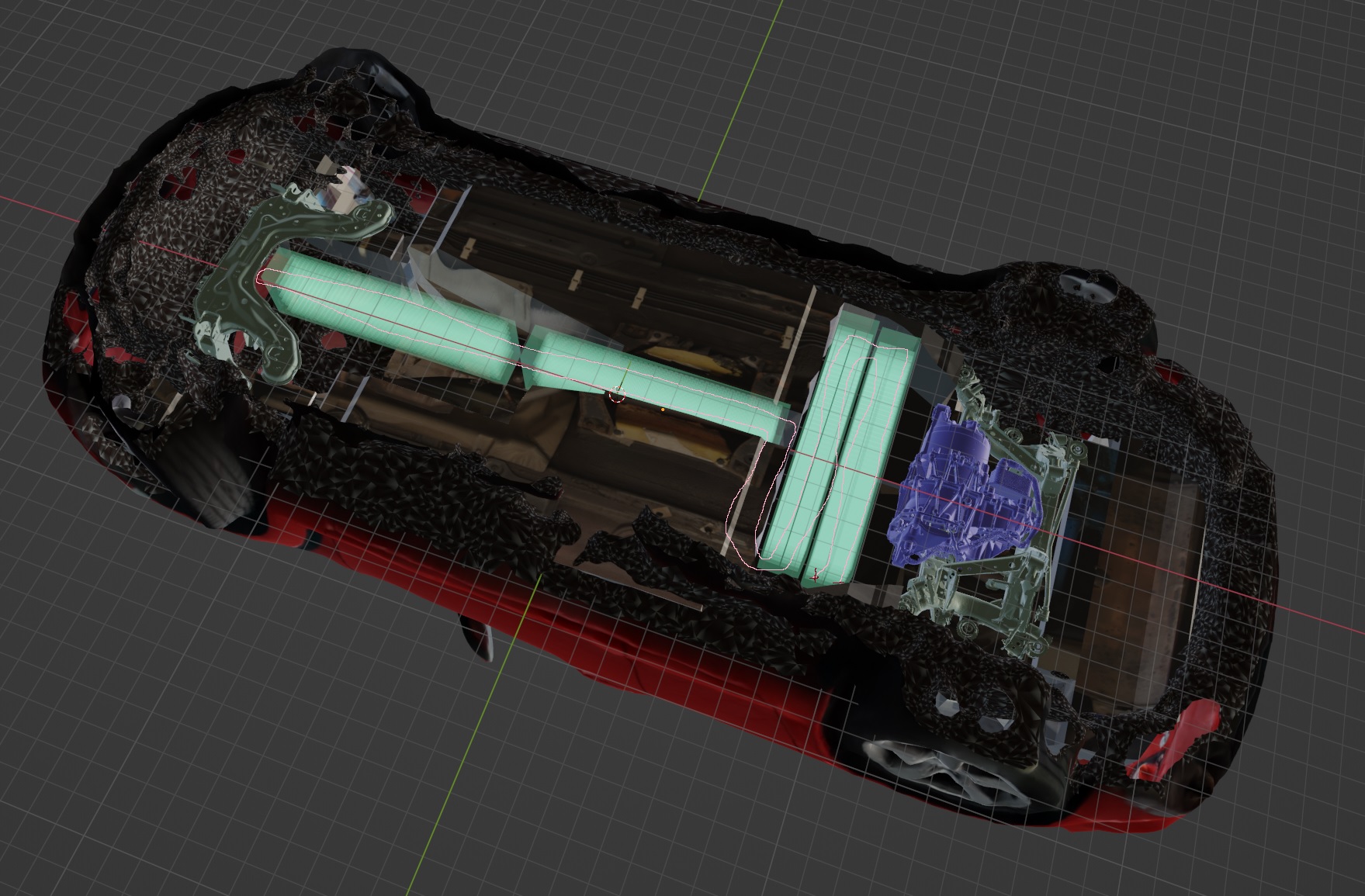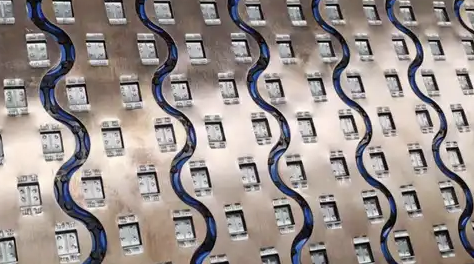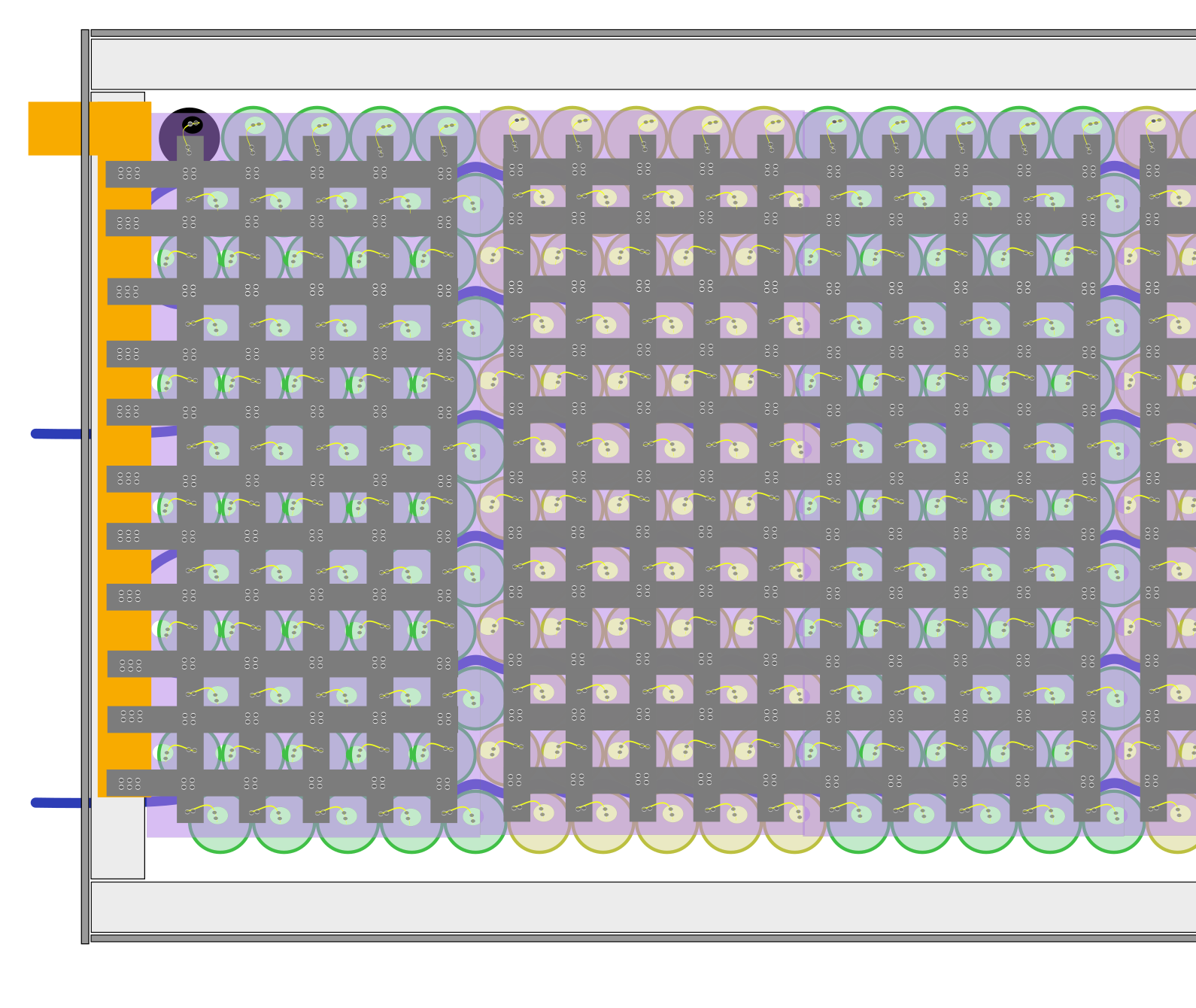Let's talk about batteries and battery packs.
As per the plan, I want the overall battery capacity to be provided by 4800 18650 cells, arranged in an 80S60P configuration. According to the battery cell datasheet, that means the battery pack will be able to deliver 384A continuously (2C), representing 112kw or 150hp, and up to 576A peak (3C), representing 168kw or 225hp, for short burts. The voltage under load will sag to 292v, but fresh it will be 336v, so this puts it right in the range of optimal for the Tesla drive units (either 320V or 335v optimum, depending on 3D6/3D7 (performance or base)), as well as the OBC I plan to use (~330V charging voltage).
I want the overall battery pack to consist of identical sub-modules. This will make it easier to design and test, as well as give me a target for fabrication which I can already start with. The Orion 2 BMS (configured as 96-S) has 8 cell groups, each of which can manage up to 12 cells, and 8 thermocouple inputs. The 96-S variant has 2.5kv isolation between groups, which considering our 80S architecture, means that if each group is 10 cells, it will fit perfectly. If each module is two groups, that means that each module will have two thermocouples, and can be individually fused without causing potential danger.
Looking at the overall volume available for battery, I defined (somewhat arbitrarily) a reasonable size pack as 100 x 15 x 25 (cm). The maximum amount of cells I could fit into that volume is 1372 (14 rows of 49, with 2 columns), but that doesn't leave any room for cooling, or bus bars, or really anything other than battery. Since the total number of cells I am going for is only 1200, I can fit that perfectly with a (13 x 46+2) x 2 arrangement. It looks something like this:

Each module would weigh a minimum of 60kg just from the battery cells, so with the enclosure and cooling and bus bars and everything it's probably going to be closer to 80kg. Currently I plan to fabricate the modules out of extruded aluminum, polycarbonate, and fiberglass. Each module will have two identical but mirrored layouts of 600 cells each, arranged into 10S60P. The reason for this is so that I can run the entire string from the back of the car up to the front and then back to the back without excessive lengths of high voltage cable. (follow the pink line in the picture below to see what I mean)

For the BMS, I'll need to integrate two thermocouples as well as the cell taps (20 of them) into a nice automotive-safe connector. I'll want to have a coolant manifold/connection on each side, and 2x hv connectors (one for each pair--part to be chosen).
Depending on physical constraints, it might make sense to split each module into two half-sized modules with 600 cells. This would double the number of connectors and water connections, but potentially make assembly and mounting easier.



